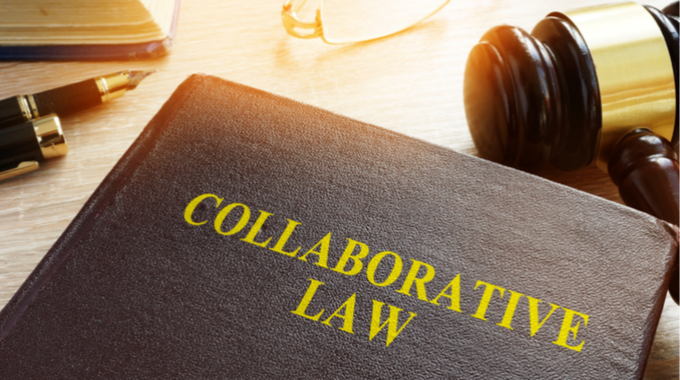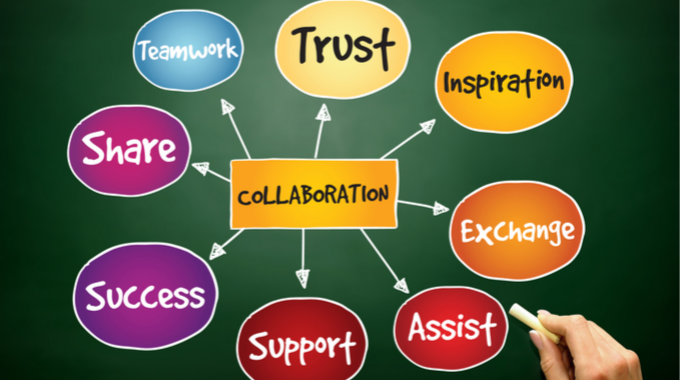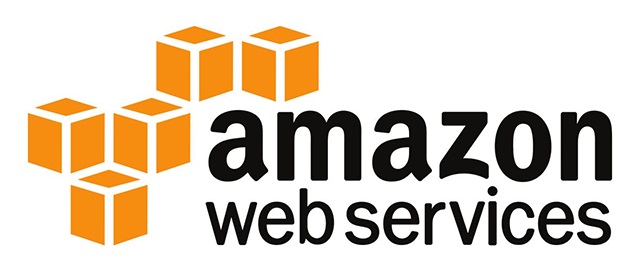Written by Divorce & Family Lawyer Mitchell Arons
Divorce doesn’t have to be a knock-down, drag-out fight full of fear and dissension. If done correctly, the process of divorcing should actually be a transition in which the couple and the family end up in a better emotional place than where they began. It helps that the nature of divorce has changed over the past 25 plus years that I’ve been practicing family law.
For starters, there aren’t as many strong taboos surrounding the concept of ending a marriage, and individuals often embark on this life transition with a support system of friends and family. People have learned (perhaps from parents or friends who have divorced) that a high-conflict divorce is not only brutally expensive, but most often is also emotionally devastating for the children and both parties. Divorcing couples now want to find a better way, and the internet allows people to explore other options. These can include Collaborative Divorce, Mediation, or even more basic internet solutions like It’s Over Easy. For these reasons, people are taking a more thoughtful approach towards choosing the process that is right for them.
Alternative dispute resolution allows families to end conflict more quickly, while keeping the process out of the courtroom. Individuals can work cooperatively together with or without an attorney. They can also have a case mediated, or they can pursue a collaborative divorce.
What is Collaborative Divorce?
Collaborative divorce is a holistic approach towards ending a marriage that is positive, transparent, respectful, and protective of children. Spouses agree to act as partners in divorce, transitioning the family forward in a way that minimizes conflict, is emotionally supportive of the children and each other, and seeks to set a “new normal” as quickly as possible. The parties enter into a “Participation Agreement” in which they agree to treat each other respectfully, be financially transparent, seek neutral third-party professionals (forensic accountants, child specialists), and agree not to use the court system except to “put through” the divorce. Most often the process includes a mental health professional to assist the couple in navigating emotional pitfalls that can otherwise derail a resolution.
Imagine a scenario where your financial records and negotiations remain private and out of court, and you don’t have to keep changing your schedule to accommodate court appearances or wait hours to be heard by a judge. Imagine negotiating all issues of the divorce with the help of knowledgeable professionals who create options and seek resolution, rather than leaving your family’s future to a judge who hears multiple cases each day and really knows little about your family.
In collaborative divorce, each member of the couple chooses an attorney who is collaboratively trained and works toward a resolution that best suits their family. The divorcing couple meets together with their lawyers and a team of hand-picked professionals, in a safe, structured environment. The team may include a mental health professional, forensic accountants, financial advisors, and other professionals of the couple’s choosing, that all help share information and make decisions. Ground rules are set in a Participation Agreement signed by the parties, in which both sides promise to be transparent, honest, and to negotiate in good faith with the best interests of their children in mind. The attorneys also sign the Participation Agreement, which states they must withdraw from the case if the process breaks down. In other words, they are not allowed to litigate the case in a courtroom; they are retained to negotiate a resolution. This is a powerful incentive for both lawyers to resolve all issues in a low-conflict manner.
Collaborative divorce addresses all parts of a divorce settlement, including: division of assets, alimony, child support, child custody, parenting time, and more. Unlike litigation or arbitration, there is no third party to make a final decision. Both you and your spouse work together with a team of professionals to construct an outcome that specifically works for your family.
When all issues are resolved, a Settlement Agreement is prepared by the attorneys and signed by both parties. This agreement becomes legally binding after each party testifies that they understand and agree to the terms at a brief hearing with a judge.
When partners embrace the collaborative process, they most often reach an amicable resolution. Almost 90% of collaborative cases settle with an agreement on all issues, according to recent studies and my own personal experience as a lawyer.
What’s the Difference Between Getting a Divorce and Being Divorced?
Getting a divorce is a temporary event with a beginning, middle, and end. Being divorced is a whole new lifestyle, especially for couples with children. Their relationship doesn’t end as co-parents, it evolves into a new normal. The process you choose to go through to get divorced creates the foundation and sets the tone for this new family dynamic.
High-conflict litigated divorces likely lead to high-conflict post-judgment litigation down the road because the parties have not learned how to effectively resolve conflict. Rather than working together with trusted professionals, they have chosen a process that allows a judge to decide which is both expensive and emotionally exhausting. The good news is that the reverse is also true! Your divorce experience is an opportunity to set a strong example for your children on how to handle conflict with respect and understanding. Collaborative divorce helps divorced partners create healthy habits for communicating and decision-making in the future. You will be setting a standard for behavior that preserves your relationships and protects the emotional health of your family.
Is Collaborative Divorce Right for You?
Collaborative divorce is all about reaching reasonable outcomes, finding peace, and moving forward. There are some circumstances, however, that are not appropriate for collaborate divorce. One party may be unwilling to come to the table to negotiate, or refuses to be financially transparent, for example. Or there may be an abusive dynamic or domestic violence that makes it impossible to create a safe space for everyone involved. In these cases, collaborative divorce or mediation is not a suitable fit.
The real takeaway is that you have options. If your circumstances allow, take time to educate yourself on alternative dispute resolution possibilities. Pick a divorce process that best fits your family’s needs. Deciding to end a marriage is often traumatic, but the divorce process itself doesn’t have to be.
Mitchell Arons, Esq. is a founding member of Arons & Solomon, P.A. in Hackensack, New Jersey, and co- founder of the Collaborative Divorce Association of North Jersey.




Comments